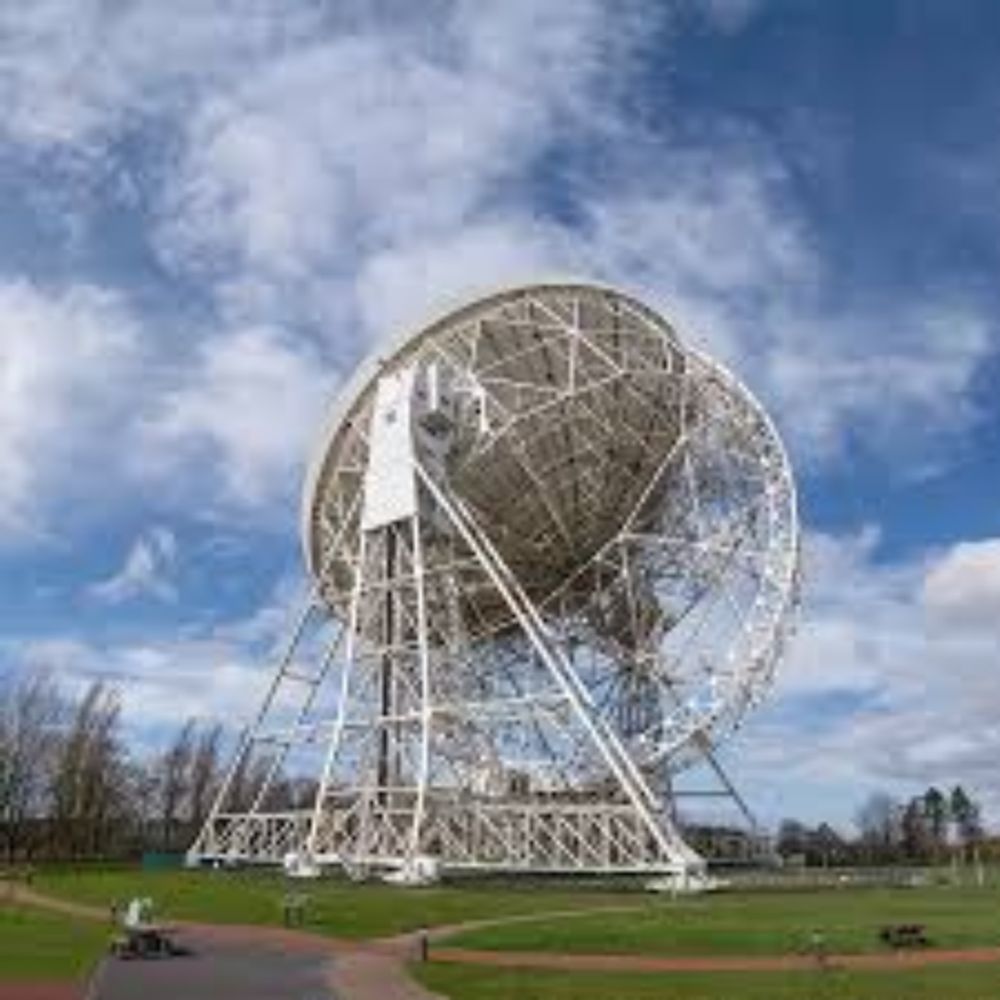

Today's topic is about observatories:
Observatories are the special places where astronomers make their observations of the sky. People all over the world have been buildingg observatories for thousands of years, even before telescopes had been invented. They were places for following movements and changes in the sky. A modern observatory is usually a building containing a telescope, or a group of building with different telescopes, offices, workshops and bedrooms. But there are also unmanned observatories orbiting the Earth on satellites. In the United States, there is even an observatory in a high-flying aircraft.
There are two main kinds of ground- based observatories. Optical observ- atories have ordinary telescopes for looking at the light from the stars. At radi0 astronomy observatories there are big dishes to collect radio signals from space.
Radio observatories are very different from optical observatories. Radio telescopes do not need to be inside a building. The radio waves from space come through the clouds so it is not very important where you build the observatory. The telescopes can be used most of the time, in daylight as well as at night. One of the best- known radio observatories is at Jodrell Bank in
England. The world's most powerful radio telescope, in New Mexico in the United States, has 27 dishes.
In contrast, optical observatories need to be built in places a long way from the street lights of Cities and where there are not many cloudy nights. The air must be very clear and still so that the stars do not twinkle too much and the telescopes can see very faint things. The best Sites are on mountain-tops in warm places. There are big observatories at Kitt Peak in the Arizona Desert in the United States, on top of volcanoes in Hawaii and the Canary Islands, and in the Andes Mountains of South America.
The telescopes are housed in big domes. At night, a slit in the dome is opened and-the whole dome can turn so that the telescope can point to alfferent parts of the sky. The newest telescopes are run by computers and the astronomers can Work from a warm control room instead of in the cold open dome.

The Lovell Telescope at Jodrell Bank in Cheshire, England, has a massive dish 76 m across to catch radio waves from space. The radio signals are focused onto the receiver on the tower in the middle.
Thanks for reading guys hope you enjoy and never forget to give likes ❤ and comments




